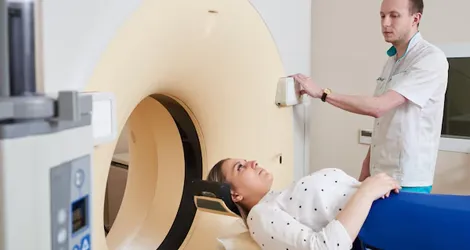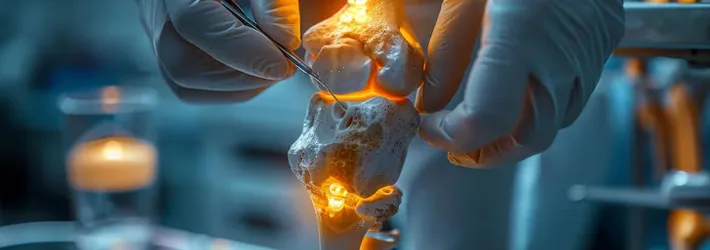Overview
A sarcoma is a rare type of cancer that starts in the bones or soft tissues, like fat, muscles, blood vessels, nerves, or the tissue around bones and joints. Symptoms can vary based on where the tumor is and how big it is. Treatment options may include surgery, radiation, chemotherapy, targeted therapy, or immunotherapy.

What is Sarcoma Cancer?
Sarcoma is a group of cancers that begin in the bones or soft tissues. Soft tissues include muscles, fat, blood vessels, nerves, tendons, and the tissue lining the joints. When cancer starts in these soft tissues, it’s known as soft tissue sarcoma.
There are many different types of sarcomas, and they can develop in various parts of the body. Treatment depends on the type of sarcoma, its location, and other individual factors.
Types of Sarcoma Cancer
There are three main types of primary bone cancer, based on the kind of cell and tissue where the cancer begins:
- Osteosarcoma: This is the most common type of bone cancer. It starts in the cells that form new bone tissue. It usually affects teenagers, but it can also occur in children and young adults.
- Ewing sarcoma: These tumors can start in the bones or the soft tissues around them. They are most often found in children and teenagers, but some young adults may also be affected.
- Chondrosarcoma: This cancer begins in cartilage, the soft connective tissue that helps joints move. It tends to occur more often in adults.
- Chordoma: A rare tumor that forms in the spine or at the base of the skull.
- Fibrosarcoma: This cancer starts in the fibrous connective tissue at the ends of bones.
- Giant cell tumor: Usually noncancerous, but in rare cases, it can become cancerous.
- Undifferentiated pleomorphic sarcoma: A rare and aggressive cancer that can begin in soft tissue or bone.
Risk Factors
Some factors may increase the risk of developing sarcoma. These include:
- Chemical exposure: Contact with certain substances like arsenic, chemicals used in making plastics (such as vinyl chloride), some herbicides, and wood preservatives.
- Radiation exposure: Receiving high doses of radiation, often from previous cancer treatments.
- Lymphedema: Ongoing swelling in the arms or legs that lasts for a long time.
- Genetic conditions: Inherited disorders or gene mutations, including conditions like Li-Fraumeni syndrome, neurofibromatosis type 1, Gardner syndrome, Werner syndrome, von Hippel-Lindau disease, Gorlin syndrome, tuberous sclerosis, and retinoblastoma.













